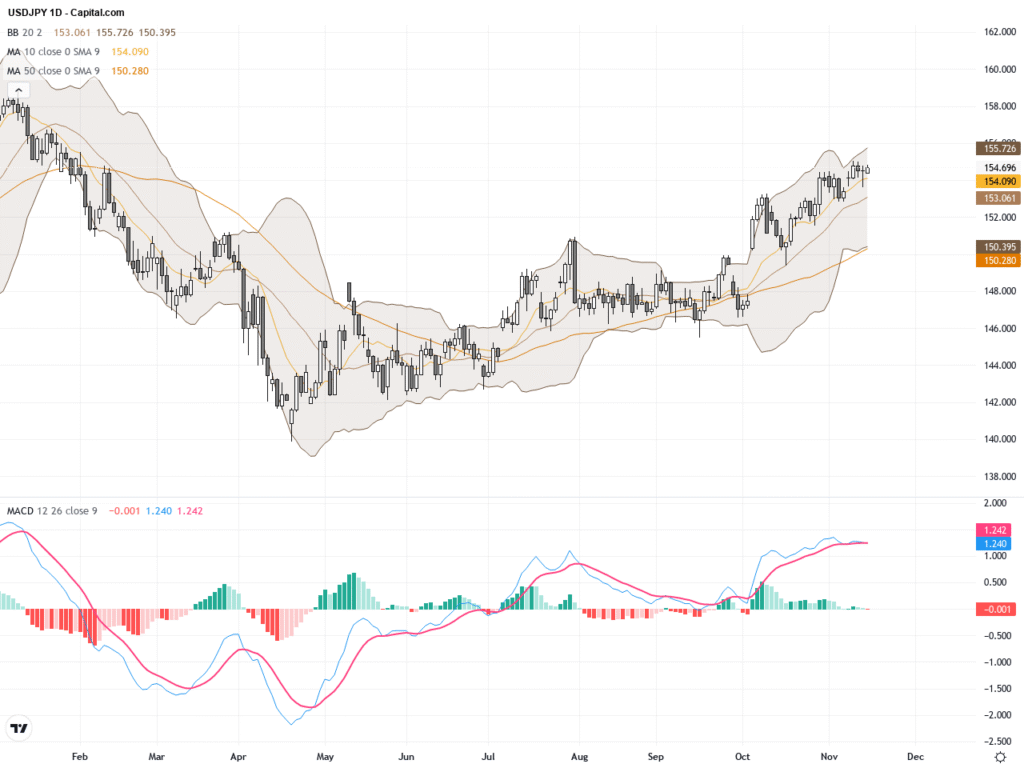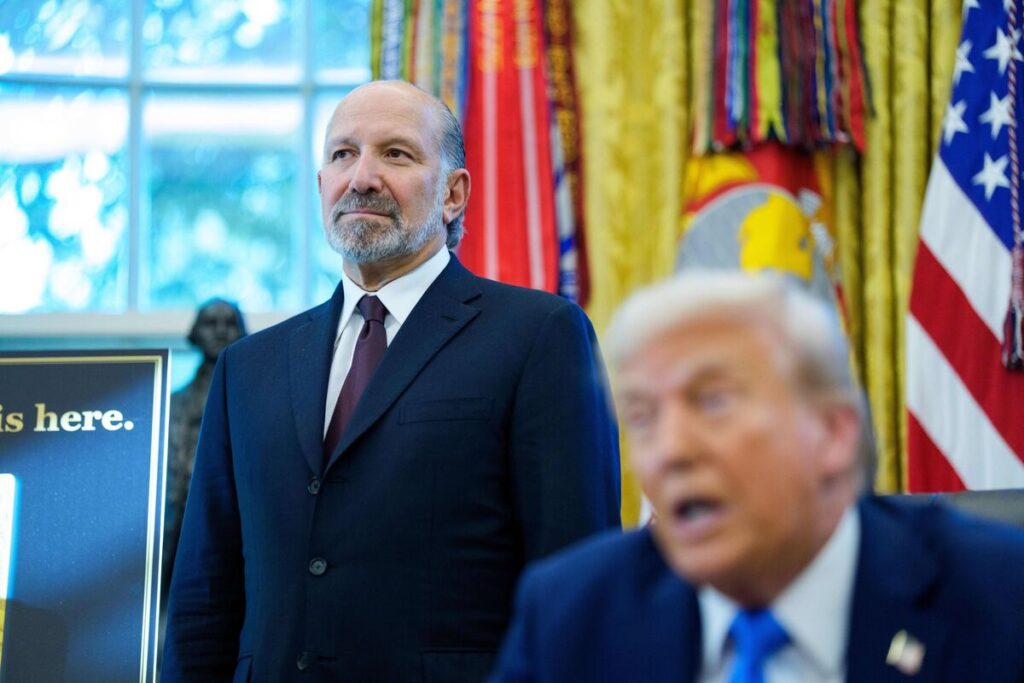 |
| Gold V.1.3.1 signal Telegram Channel (English) |

Gold Prices Tumble Below $3,900: Risk Sentiment and Dollar Strength Weigh Heavily on Bullion Amid Volatile Market Conditions
2025-10-28 @ 21:01
Gold prices faced fresh pressure this week, touching lows below $3,900 per ounce as upbeat risk sentiment in global markets dampened safe-haven demand. With equities rallying and optimism growing over upcoming economic data releases, bullion struggled to hold its ground, extending recent losses and testing critical technical support zones.
The latest dip in gold prices comes amid a broader shift in investor behavior. Market participants have gradually rotated out of defensive assets like gold and into equities and other riskier bets, buoyed by hopes of resilient economic growth and muted inflation pressures. This “risk-on” mood has been a headwind for non-yielding assets, and gold has borne the brunt of the selling pressure, especially during periods of strong market appetite.
Analysts note that the U.S. dollar’s resilience has also weighed on gold’s performance. Despite a modest pullback in the greenback from recent highs, it remains elevated against major peers, making dollar-denominated gold more expensive for foreign buyers. Traders are also parsing comments from Federal Reserve officials for clues on the future path of interest rates. While expectations for additional rate hikes have eased, a delayed timeline for rate cuts continues to anchor Treasury yields at relatively high levels, dimming gold’s luster.
From a technical perspective, the XAU/USD pair has slipped below key support levels, entering a bearish channel that could see further downside unless a rebound materializes. Prices are now consolidating beneath moving averages, indicating that sellers are in control for now. The immediate resistance sits near $4,065, while a breakdown below the $3,900 area could accelerate declines toward the $3,845 mark. Traders are watching for a decisive breakout above $4,235, which would invalidate the current bearish structure and open the door for a sustained rally.
Several external factors are also influencing gold’s trajectory. Central bank demand remains a wildcard, with some institutions continuing to add gold to reserves as a hedge against currency volatility and geopolitical risks. However, retail demand, especially in key Asian markets, has been relatively subdued amid high local prices and economic uncertainty.
Geopolitical tensions, which often boost safe-haven flows, have receded somewhat in recent weeks, removing a traditional pillar of support for gold. Nevertheless, unexpected flare-ups in global hotspots or renewed worries over financial stability could quickly reignite interest in bullion.
Looking ahead, inflation trends and central bank policy will remain the primary drivers. If inflation remains stubbornly above target, central banks may be forced to keep rates higher for longer, potentially capping upside for gold. Conversely, signs of disinflation or a sharper-than-expected economic slowdown could revive investor interest in precious metals as a hedge.
For short-term traders, the focus will be on upcoming data releases, including U.S. job numbers and manufacturing surveys, which could reinforce or undermine the prevailing risk-on sentiment. A string of positive economic surprises could prolong gold’s weakness, while disappointing data may prompt a rotation back into safe havens.
Meanwhile, longer-term investors continue to monitor shifts in the macroeconomic landscape. The potential for higher-for-longer interest rates in major economies, combined with persistent geopolitical risks, suggests that gold could remain in a wide trading range for the foreseeable future. While downside risks are present in the near term, structural demand drivers—including central bank accumulation and the potential for renewed financial market stress—should provide a floor for prices over time.
In conclusion, gold’s recent decline below $3,900 reflects shifting market dynamics, with risk appetite, dollar strength, and central bank policy dominating flows. Technical indicators point to further downside unless a breakout above resistance occurs, while macro factors such as inflation and geopolitics will shape the next major move. For investors, this environment calls for a balanced approach—monitoring short-term momentum while keeping an eye on the bigger picture for opportunities as conditions evolve.








